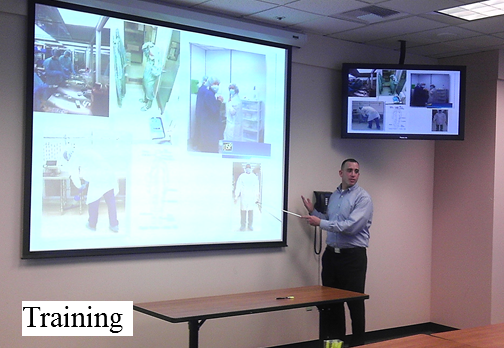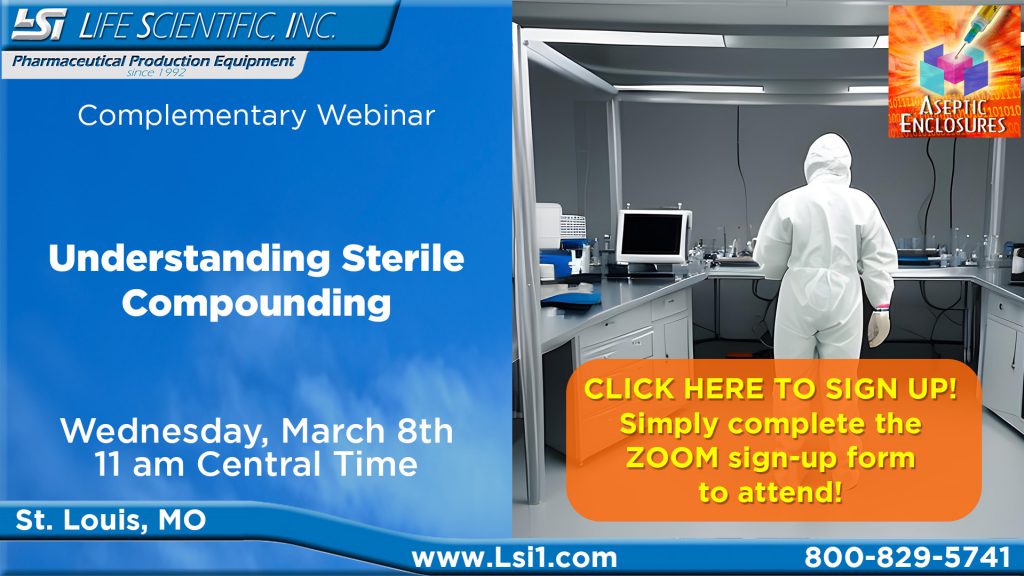Cleanroom Training

Cleanroom Training Courses
Over the last few years, we have launched added capabilities relative to clean room training and testing.
The on-site training can be implemented in several ways. We have done short courses, that largely involves lecture only in as little as one day on-site.
Depending on the number of people, a full training and testing class can take as long as two weeks.
Usually, prior to actual training, we like to set aside the first day to do a full engineering controls and certification reports of valuation.
This gives us the ability to prioritize and tailor the training specifically to your facility.
When first launching a training class program we evaluate the number of people that will attend and what level of training the hospital wants.
One question we always ask during the process of evaluating the number of people attending is who from the cleaning staff is going to be involved. Usually that question gets a bit of a silent response as it is not generally considered.
However, cleaning training is a quite critical aspect for cleanroom operation. We usually recommend that pharmacy staff handle cleaning of the cleanroom.
After we go into detail as to why, we often find quick agreement. This is due in part to the critical nature of the job in the amount of turnover typically seen in housekeeping.
Considering that cleaning staff has to go through counting training and gloved fingertip testing, it usually makes sense to reduce the number of people that have to be trained, retrained and tested.




